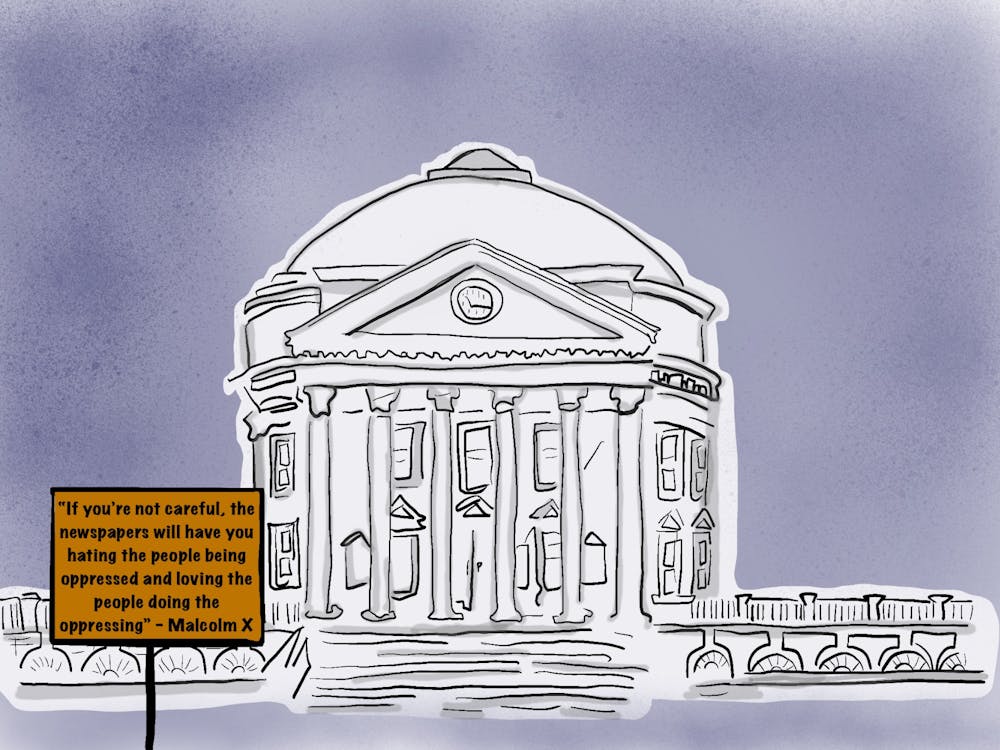By now, most casual sports fans are aware of the numerous lawsuits that are being filed against the National Football League by former players. More than 4,500 former players have sued over what they view as a lack of protection from head-related injuries sustained while playing football. Multiple concussions, it is now widely known, can ultimately lead to debilitating brain conditions such as dementia, depression and chronic trauma encephalopathy (CTE).
The NFL has already settled its most public lawsuit by agreeing to pay $765 million toward injury compensation among its roughly 18,000 retired players. The league also agreed to fund medical tests and research on concussions and brain trauma. The settlement initially appeared to be a sign of the NFL’s willingness to assist its former players with injuries they might have sustained playing football. Now, however, new information is coming out that makes that $765 million look like a pitifully small amount of goodwill.
When I first heard about the lawsuits, I was not fully convinced of the merits of the retired players’ case. Sure, I thought, it is possible that ex-NFL players could be experiencing neurological problems as a result of their football careers, but post-career injuries are an inherent risk of any sport. Football is an especially violent game, so players are naturally more prone to serious health conditions. At the same time, though, the NFL already has some disability payment measures in place. Should it really be obligated to pay extra to players who took on the risk in abusing their bodies for a living?
Looking back, it was naïveté that kept me from fully siding with the NFL players. I assumed that the NFL was also semi-ignorant about the effects of concussions on players’ lives and that it was taking appropriate measures to reduce the severity of head traumas. The NFL could not be blamed for improperly protecting its players if there was inadequate information about the long-term dangers of football. But what I thought could not have been further from the truth.
As it turns out, the NFL was totally aware of the dangers that football poses to a player’s brain. In fact, it actively tried to dispel scientific evidence that multiple concussions are linked to debilitating brain damage later in life. Nearly 20 years ago, the NFL established a committee to investigate the effects of football on players’ brains. The committee affirmed that no link between concussions and long-term brain injury could be found. Those findings were directly contrary to most subsequent neuroscience research, which at the time had already discovered direct correlations between multiple concussions and diseases such as CTE. Yet instead of listening to those studies, the NFL attempted to discredit many of the neuroscientists who contributed to such discoveries. It tried to get concussion studies pulled from neuroscience and neurology journals, and sought to publicize its own inaccurate data on brain damage.
Even if those findings — detailed in a recently released book entitled “League of Denial: The NFL, Concussions and the Battle for Truth” — are true only in small part, the NFL has committed moral transgressions that stretch far beyond the world of football. It has neglected to care for its employees to an extreme degree, especially considering that it had all the necessary information to do so. Moreover, the NFL deliberately aimed at suppressing scientific truth. The study of concussions and long-term brain damage has important medical implications outside of football. After all, not all those studies were undertaken for the benefit of football players. Even if it would have caused problems for its business, the NFL should not have tried to jeopardize important neurological findings.
Why was the NFL so keen to cover up football’s effects on the brain? Were higher-ups afraid that fewer people would be drawn to football as a career? Or that superstars would care more about their own health than performing to the fullest extent on the field? Both those ideas seem reasonable, though not strong enough to outweigh the deception that the NFL has perpetrated for the past two decades. True, some football players may have opted for different jobs or less playing time. Nevertheless, the exuberant salaries and fame that accompany a job in the NFL would have no doubt kept a sufficient number of superstar athletes still playing football despite the risks.
Indeed, had the NFL acknowledged its concussion problem 20 years ago, the game may not have as many problems today. If substantial resources had been put toward developing better helmets and equipment, or if rule changes were implemented that better protected players’ heads, then the game of football could have remained at relatively the same level of athleticism and violence while keeping players safer. Instead, the NFL now has to answer for its past two decades of lies while paying millions of dollars — and hopefully many more millions to come — to former players.
The NFL commissioners, owners, physicians or other league members who allowed for the suppression of brain damage research should be forced to answer for their actions. If legal action cannot be brought against them, at least their reputations should be tarnished permanently. Ignoring and suppressing vital health information for the sake of a sporting league is in no way acceptable. Hopefully these new revelations that sporting leagues may not truly care for their players induce a shift in how we approach sports: when it comes to sports-related health risks, we must demand to know what hazards players face.




